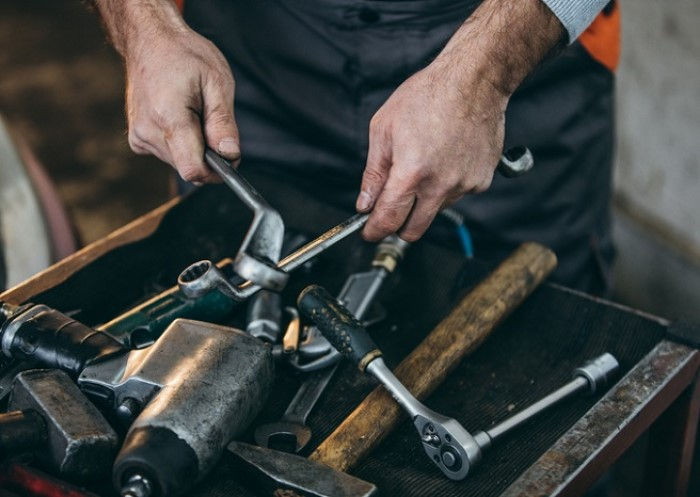Clearing the Air: What You Need to Know About HVAC Duct Cleaning and Sanitization
- KC Construction
- Jun 9
- 2 min read
Your HVAC system plays a silent but central role in your home—circulating the air you breathe day and night. Over time, however, your ductwork can accumulate a mix of dust, pollen, mold spores, and debris, turning it from a clean air channel into a breeding ground for airborne contaminants. That’s why duct cleaning and sanitization isn’t just about system maintenance—it’s a health and efficiency decision.

Why It Matters More Than You Think
Each time your heating or cooling system runs, air travels through ducts lined with whatever’s built up over months or even years. Whether it’s pet dander, soot, moisture, or residues from past renovations, these particles eventually enter your living space.
You may notice it as increased dust, allergic reactions, or that persistent musty odor. And if your system seems to be working harder with rising energy bills to match, dirty ductwork could be part of the problem.
What’s Actually In Your Ducts?
Here’s what experienced HVAC professionals often find:
Mold and mildew due to condensation or leaks
Insect debris, rodent droppings, and nesting remnants
Fine construction dust from past home updates
Pollutants that reduce system airflow and efficiency
The Real Duct Cleaning Process
Forget simple vacuuming. A professional HVAC duct cleaning involves a carefully sequenced, multi-step procedure:
Assessment and Inspection: Technicians inspect visible ducts and use cameras to evaluate buildup in inaccessible areas. Air quality measurements may be taken pre-cleaning.
System Containment: Register vents are sealed. A commercial-grade HEPA vacuum creates negative air pressure, ensuring contaminants don’t escape during the cleaning process.
Mechanical Agitation: Specialized brushes and air whips dislodge debris without damaging ductwork. Stubborn buildup near vents or corners is addressed manually.
Vacuum Extraction: Dislodged particles are removed entirely using high-efficiency vacuums to ensure a clean internal environment.
Sanitization: EPA-approved antimicrobials are fogged throughout the duct system to kill bacteria, mold spores, and viruses—without leaving harmful residues.
Final Checks: Post-cleaning inspections confirm airflow improvement, air quality gains, and cleaning thoroughness.
Why Sanitization Adds Real Value
Cleaning alone removes buildup, but sanitization treats what you can’t see—microbial growth and lingering pathogens. This step is especially critical after water intrusion, pest infestations, or any signs of mold.
Benefits Beyond Clean Air
Fewer respiratory issues and allergic triggers
Better airflow consistency and temperature control
Lower strain on your HVAC unit (meaning longer lifespan)
Improved sleep quality due to cleaner air circulation
Potential savings on your monthly energy bills (up to 20-25%)
Long-Term Maintenance Tips
After your ducts are professionally cleaned:
Change filters every 1–3 months
Inspect your HVAC system annually
Manage indoor humidity (ideal range: 30–50%)
Address leaks or water damage immediately
Keep registers free of furniture and blockages
Conclusion
HVAC duct cleaning and sanitization is not about luxury—it’s about maintaining a healthier home and a more efficient system. Whether you live in a newer house or an older property, your ductwork eventually needs professional attention. K.C. Construction offers thorough, responsible service built on understanding what’s at stake: the air you and your family breathe every single day. For homeowners seeking reliable HVAC Duct Work & Cleaning Service in Macon, GA, trust K.C. Construction to deliver the care and results your system deserves.



Comentarios